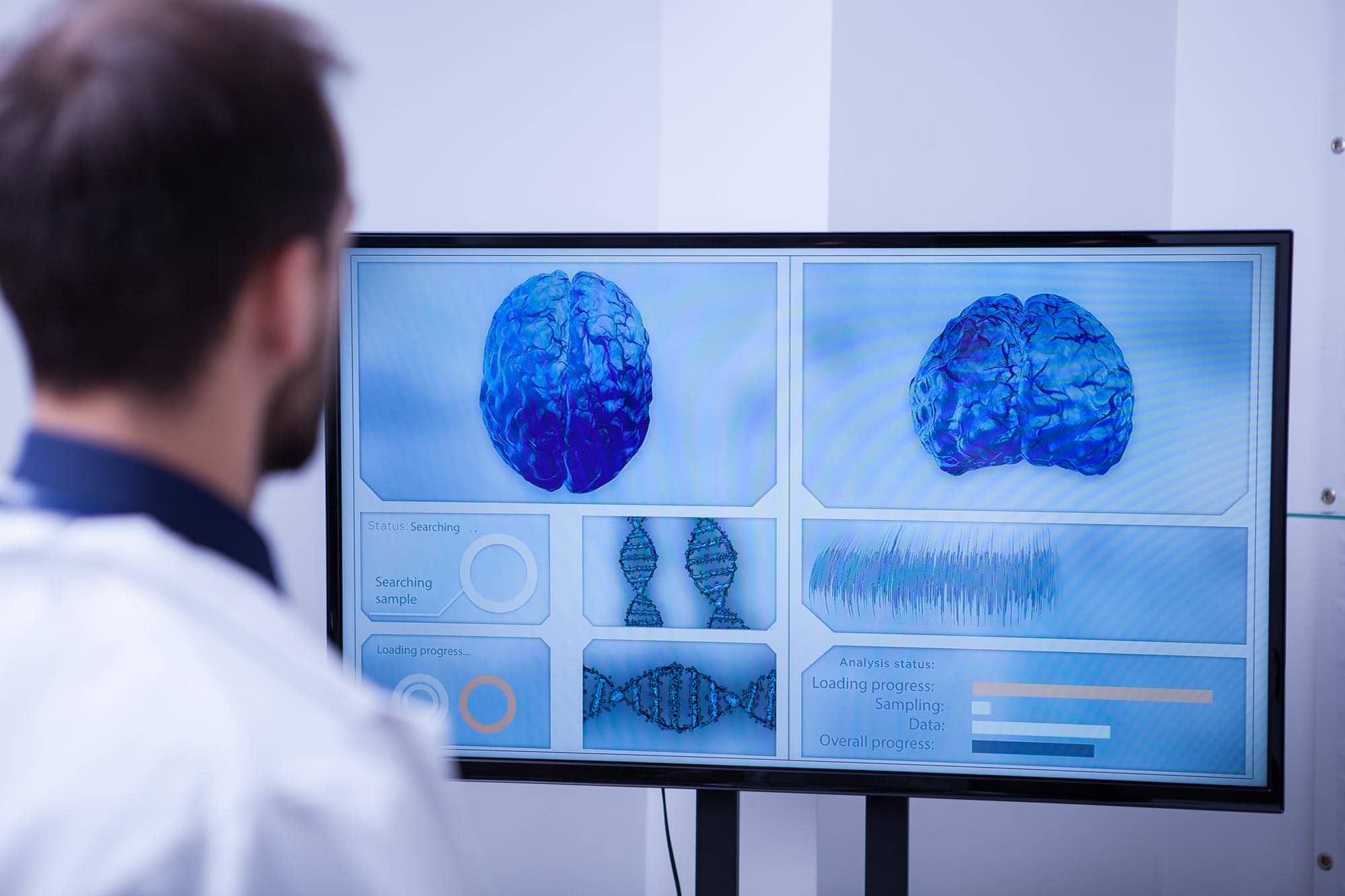Traditional marketing is fading, giving way to neuromarketing and advanced technology. By studying brain responses, neuromarketing unlocks consumer behavior insights, for example, revolutionizing advertising strategies. This article explores neuromarketing, its tools, and practical applications for businesses in 2025.
What Is Neuromarketing?
Neuromarketing examines how the brain reacts to advertisements and brand messages. For instance, it uses scientific methods like brainwave monitoring, eye tracking, and skin response analysis. These techniques reveal unconscious consumer preferences, thereby enhancing marketing approaches.
Key Research Findings
Several studies highlight neuromarketing’s surprising insights:
- In 2007, scientists employed MRI scans to observe brain activity during purchase decisions. They identified neural circuits activated, thus advancing marketing research.
- Cigarette warning labels, contrary to expectations, stimulate brain areas linked to consumption. This counterintuitive finding showcases neuromarketing’s unique perspective.
- Moreover, a food company discovered matte chip bags with potato images elicited positive responses, unlike glossy packaging, guiding design through consumer insights.
- Overloading store shelves with products, such as 24 jam varieties, overwhelms shoppers, reducing purchases. A company cut to six options, boosting sales, a key lesson from neuromarketing.
- Additionally, video game designers apply marketing principles, hiring psychologists to craft reward-punishment systems. These trigger dopamine, keeping players engaged longer.
Neuromarketing Tools
Labs leverage advanced technologies to extract consumer insights:
- EEG: This measures brain electrical activity via scalp sensors. It provides valuable data, for example, supporting strategic campaigns.
- GSR: By analyzing skin responses, it gauges emotional arousal, aiding marketing efforts.
- Eye Tracking: This tracks eye movements during visual stimuli, revealing what captures attention or causes confusion. Although cost-effective, it doesn’t measure emotions, a limitation in neuromarketing.
- Facial Coding: Expressions are analyzed to assess emotions like joy or fear, improving ad content. It’s affordable and widely used in marketing strategies.
- fMRI: Mapping brain blood flow detects emotional responses, ideal for pricing and branding. However, it’s expensive and invasive, posing challenges for neuromarketing adoption.
Future of Neuromarketing
The field is evolving rapidly. As technology costs decrease and competition grows, results become more reliable. Emerging trends include:
- New tools simplify brain activity measurement, for instance, expanding marketing applications.
- Online marketing’s rise creates opportunities, thereby enhancing digital campaigns with neuromarketing insights.
These advancements position neuromarketing as a powerful future tool.
Applying Neuromarketing to Your Business
Neuromarketing benefits not only large corporations but also small businesses, improving marketing, product design, and branding:
- Imagery in Ads: Ads with child-appropriate clothed figures sustain attention longer. In contrast, provocative images shift focus to faces, reducing ad impact, per consumer insights.
- Color Choices: Colors influence purchases significantly. Therefore, select hues aligning with your product and audience, a core marketing strategy.
- Effective Packaging: Attractive packaging connects customers to products. Poor design hurts sales, while informed packaging boosts appeal.
- Avoid Decision Paralysis: Too many options overwhelm consumers, halting purchases. Simplifying choices drives sales and improves customer experience.
- Pricing Strategies: Prices ending in .99 feel lower, influencing decisions. This subtle technique enhances effectiveness without being too obvious.
Neuromarketing in E-Commerce
Neuromarketing transforms e-commerce by optimizing online experiences:
- Contests: Photo or video contests with prizes increase brand awareness. For example, they drive site traffic using keywords and hashtags.
- Social Proof: Displaying reviews or expert endorsements builds trust, thus influencing purchases through consumer behavior insights.
- Hippocampus Headlines: Unexpected phrases in titles grab attention, as research from University College London demonstrates, enhancing audience engagement.
- Price Anchoring: Showing a higher price before a lower one makes deals attractive. This encourages buying, a key marketing approach.
- Fear of Missing Out (FOMO): Phrases like “limited stock” or countdown timers create urgency, driving sales through psychological triggers.
- Site Speed and Layout: Fast-loading sites (2 seconds) and vertical layouts boost engagement, per marketing principles. Slow or horizontal designs frustrate users.
- Eye Tracking: Consumers follow an F-shaped pattern; hence, key information belongs in the top-left corner, a design insight from neuromarketing.
- Product Display: 360-degree views or unboxing videos reduce buyer concerns, improving decisions with marketing techniques.
Conclusion
Neuromarketing reveals unconscious consumer behaviors, as 90% of decisions are subconscious. While people may lie, their brains don’t, making tools like EEG vital. By applying neuromarketing, businesses can optimize ads, packaging, and e-commerce, driving success in 2025.








